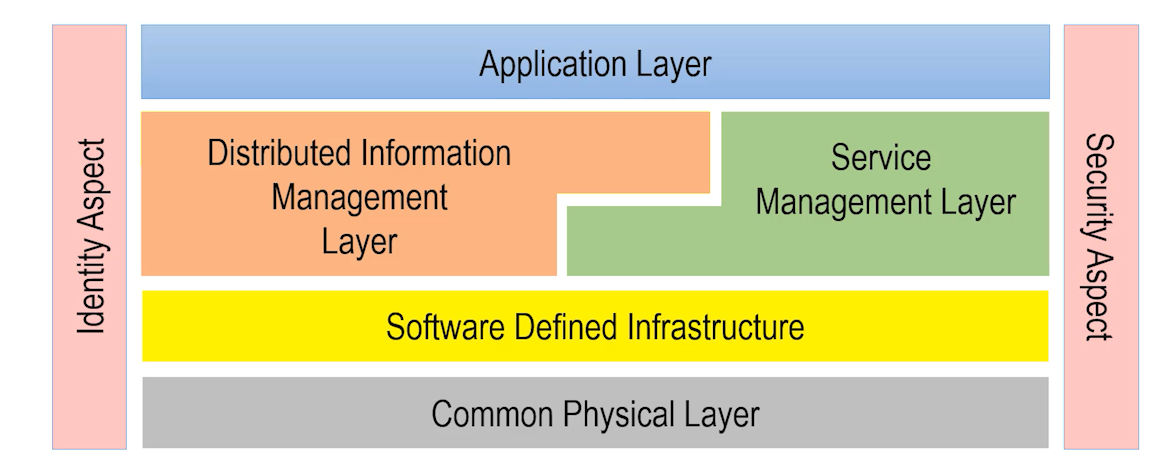#virtualization
Episodes
 207 - Understanding Enterprise Architecture for Government
207 - Understanding Enterprise Architecture for Government
This week, Darren is on his own as he explores the significance of enterprise architecture and its increasing application in government to comprehend the intricacies of modern organizations.
 185 - History of Data-centrical Applications (revisited)
185 - History of Data-centrical Applications (revisited)
The first episode of this podcast was released 185 episodes ago. In this episode, the host Darren Pulsipher redoes episode one to provide updated information on the history of data-centric application development. He discusses how new technologies like edge computing and AI have impacted data generation and the need for better data management.
 121 - Disruptive Private Clouds
121 - Disruptive Private Clouds
In this episode, Darren interviews Aaron Reid from Verge.io about their disruptive private cloud technology that is making private clouds available in the data center and at the edge.
 108 - History of Advanced Communications
108 - History of Advanced Communications
In this episode, Darren talks to frequent Intel guests Leland Brown, Principal Engineer: Technical Director of Advanced Communications, and Dr. Anna Scott, Chief Edge Architect for Public Sector, about the history of advanced comms.
 94 - the Rebirth of the Private Cloud
94 - the Rebirth of the Private Cloud
Darren Pulsipher, Chief Solutions Architect, Intel, discusses Verge.io’s software-defined data centers that simplify IT and make private cloud easy and efficient with Verge.io’s CTO, Greg Campbell.
 5 - Infrastructure Maturity Model
5 - Infrastructure Maturity Model
Digital transformation can be difficult. Many organizations become paralyzed when trying to decipher all of the technologies that are thrown at them every day. On this journey, like any other, it is important to have a map. In this episode, Darren explains the Infrastructure Maturity Model to help organizations find out where they are in their digital transformation, where they can go next, and how to get there.
 1 - History of Data Centric Architecture
1 - History of Data Centric Architecture
In this episode, Darren talks about the history of applications and how recent changes, primarily due to the onslaught of data from the Internet of Things, is affecting data-centric architectures. The infrastructure is ready, but we don%92t yet have a suitable way to manage all our data. There are three elements that need to change to facilitate this process: people (organization), process (operation), and architecture (technology). Darren focuses on the architecture where data and compute are spread over thousands of edge devices and across public and private clouds.